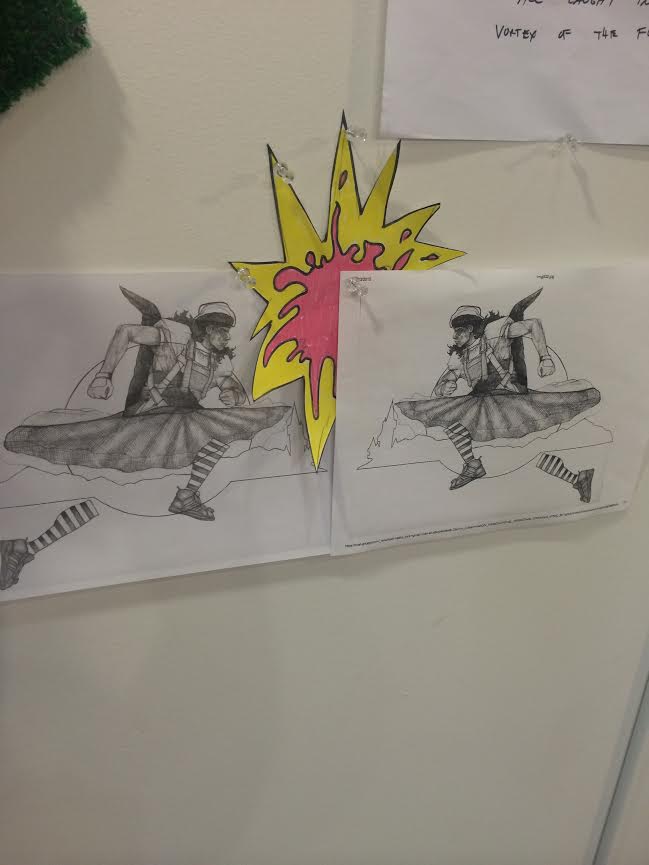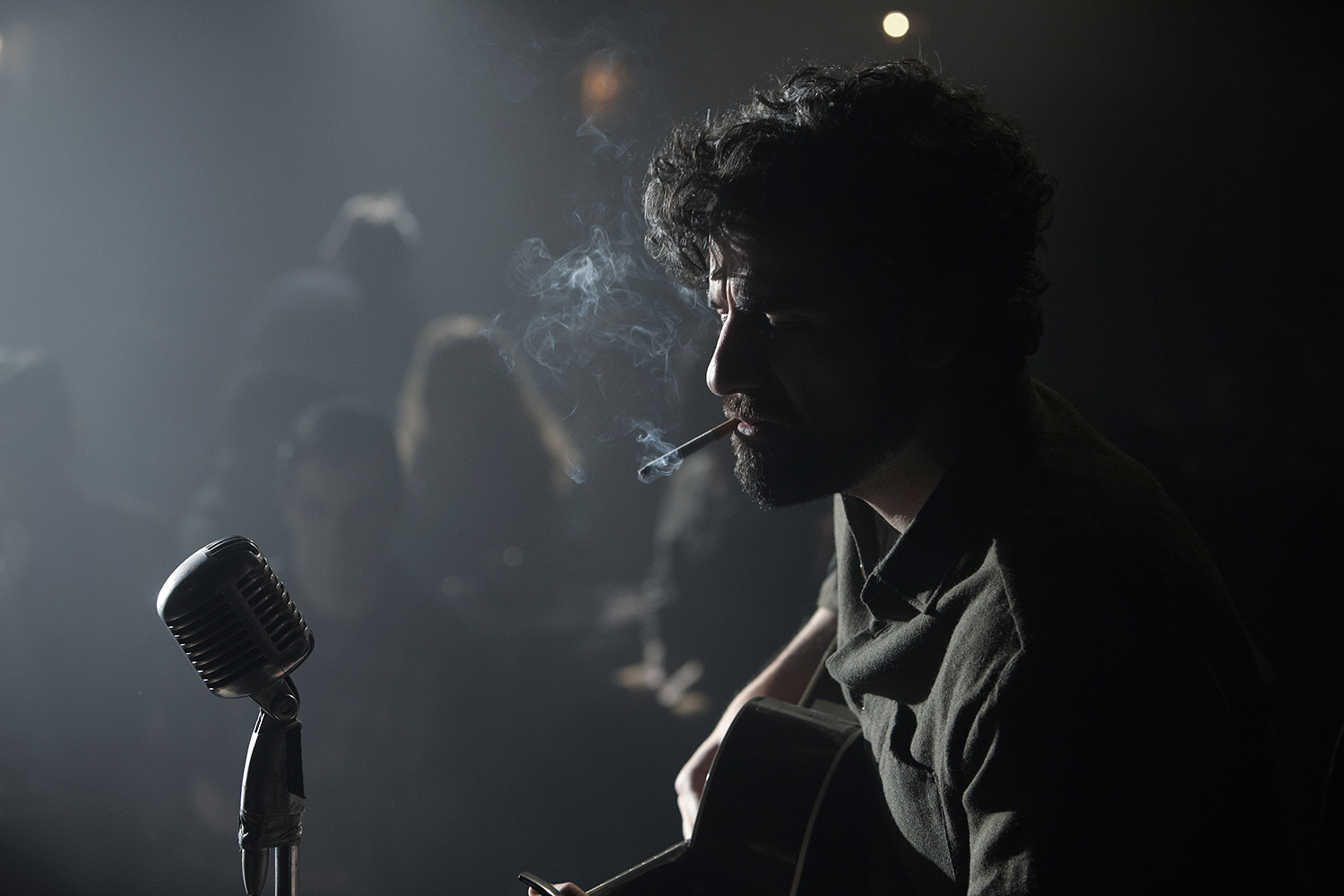Kendall Jason was never “one of the guys”. A wide-shouldered, burly man, one might look at Kendall and be reminded of a lumberjack or construction worker.
One might be wrong. Kendall Jason is the new resident artist at Tapp’s Arts Center. His work is largely a commentary on gender roles and an attempt to challenge the perception of masculinity in our society. Jason also puts a spin on the normally accepted concept of framed art, and instead channels his ideas into a combination of sculpture, drawing, video, music, and performance art. Often in Jason’s work he attempts to walk the line between hyper-masculine characters and the feminine strength, dressing up in drag in his visual art performances as well as in super masculine costumes.
For Jason’s latest piece, The Dorothy Project, he does away with the concept of gender and performs a visual arts piece in which he dresses as the female characters from The Wizard of Oz. The piece addresses the urban legend of a sonic connection between The Wizard of Oz and Pink Floyd, creating kind of a trippy, psychedelic feel. He can be seen as a man-ish disgruntled construction worker version of Dorothy, dragging large yellow cinderblocks behind him, in an attempt to re-build the yellow brick road. The idea behind it being what would it look like if he was Dorothy having to return to Oz, and rebuild the yellow brick road and bring the magic back into the bricks. The juxtaposition of the feminine characters and the “masculine” tasks creates a blur between the roles of gender.
Jason thoughtfully discusses his football years in college and how he enjoyed playing the game but never bought into the culture that went along with it. He could always physically compete but never felt comfortable in the role. With his long hair and alternative music, he never fit into jock culture, using music and art as his escape. It seemed to him that there was too much of one set version of “masculinity” involved in his environment. He felt that the way he looked made it very easy for him to fit in but mentally he wasn’t there at all. Jason preferred a wide variety of things. He not only enjoyed art, music, and performance, but he also had a completely different outlook on the way he wanted to act and live his life. He didn’t grow up in a household of intrinsic or enforced gender roles, and he continues that tradition with his own family. Everyone does every job in and outside of the house regardless of whether they are male or female.
It wasn’t until art school at NYU that Jason finally found his place when a mentor an arts professor advised him to understand the feminist tradition behind what he was doing. He needed to get to know his predecessors. This is where Jason discovered his talent and his unique way of expressing it. He honed in on identity theory and performative art and discovered how free an open one could be from social constructs.
Through the years, Jason has gained a wider understanding and become more free comfortable with expressing his own gender identity and opinions about the constructs of gender through his art. Often combining elements of masculine sports imagery with strong femininity, Jason questions and challenged why society so often puts women and men in such distinctly different boxes.
Jason’s new piece, The Dorothy Project, will open in May. Hear him speak during Peer Review at Tapp’s Art Center this Wednesday at 6 pm.
By Grace Fennell, Jasper intern













